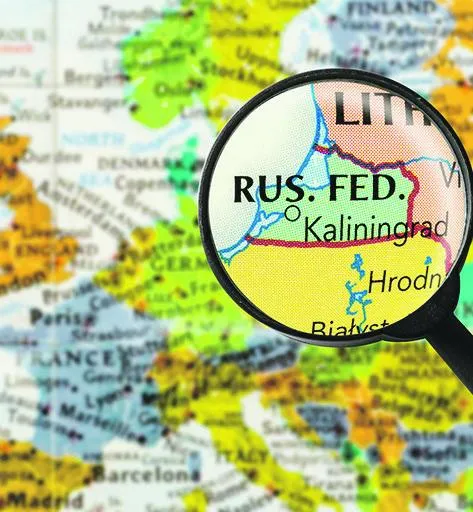Kaliningrad is an historical and geographical anomaly. A city and larger land area sharing the same name, it is located between Poland and Lithuania on the southern Baltic coast. It formed part of East Prussia before becoming subsumed into Bismarck’s unified Germany in 1871.
After World War II the German population headed west and the territory was settled by people from across the Soviet Union. When the communist state collapsed in 1991 and many former Soviet republics gained their independence, Kaliningrad remained within the Russian Federation. It now has a total population of about 1.2 million people and a land area of slightly under 6,000 square miles. Its strategic significance is amplified by it being the only ice-free Russian port on the Baltic Sea.
Historically, evangelicalism flourished in this former part of Germany, with delegates attending the Evangelical Alliance (EA) conference in London in 1851 and returning home to set up the German EA that same year. And today, according to Evangelical Focus, the future looks equally exciting, as the new Kaliningrad Evangelical Alliance (KEA) is firmly established under the auspices of the Russian Evangelical Alliance (REA).









